Science without religion is lame, religion without science is blind. — Einstein
The expression ‘energy can neither be created nor destroyed’ is so common that all of us heard this over and over, but how it had originated? Oversimplified E=mc2 is so simple that people coined it and viewed it as mass-energy relation. Let us look into the thought process of the great mass and energy relation.
A Matter has mass and it takes up some space. Weight is a measure of mass content. This is used for ages as a tool for business and commerce. This mass can be viewed as gravitational mass; this is what we encounter every day.
Like ancient people, we encounter the sun power, wind power, and fury of devastation from natural phenomenon. Scared ancient human being related all devastations as GOD given incident; even today GOD takes over while ignorance cast a shadow of our knowledge. Quest of knowledge drove Religious leaders and philosophers to understand more about the meaning of matter and energy. Human logic sprouts mathematics, science, and physics as our brain structures developed with time.
With the advancement of physics, mathematics, and calculus we now understand mass has a property and it is called inertial mass (moving mass). Inertial mass is a measure due to its resistance to acceleration. When a wheel stuck on mud, a minimum external force is needed to change its state of motion from rest. Newton’s second law of motion-defined as (force) P=m times a (acceleration). It is hard to comprehend that another universal property of a mass – which exerts a gravitational attraction to another mass. Your mass and my mass exert a force on each other. Newton mathematically defined it as follows:
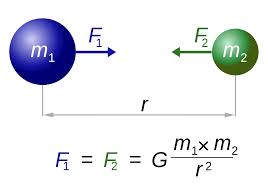
Courtesy of google
Classical physics gave us a good understanding of mass, and it is the gift from none other than Newton.
Human curiosity drove them to understand how energy relates to mass; a better understanding with scientific and mathematical derivation came with quantum physics. Philosophically energy and mass were inseparable but it remained in the religious arena until modern physics which has opened the Pandora’s Box.
Contributions from philosophers and scientists from all walks of life had illuminated the base and foundation of the concept of energy and mass. Chinese philosopher Mo Tzu (470BC) was a visionary of inertia ideas during the 3rd century BC. Ibn al-Haytham (Alhazen born 965) abstracted spiritual idea which relates to the similar ideas of Newton’s first and second laws of motion.
The concepts of mass, energy, and their relationship were continually changed over time and scientific advancement as viewed from Greek, Roman, Arabic, Indian, and Chinese philosophers.
Momentum:
Momentum defined by René Decartes (31 March 1596 – 11 February 1650, father of modern reason-based philosophy). Mathematically momentum is defined as P=mv. Conceptually it can be perceived as energy. In physics term, it is simply a quantity of measure which used in the analysis of forces and impulses, thereby energy.
Conservation of momentum:
The theory of the conservation of momentum defined by René Decartes, and Christian Huygens (14 April 1629 – 8 July 1695). Isaac Newton (4 January 1643 – 31 March 1727) expanded the theory of the conservation of momentum along with laws of motion.
Newton’s Second Law says F = ma or force = mass x acceleration= mass x rate of change of velocity. Momentum is P=mv. Rate of change in momentum =mass x rate of change of velocity. So, Newton’s Second Law can be rewritten: force = rate of change of momentum.
Energy Quick review:
Work done = Force x distance. Potential energy = mg h; (work is done by gravitational force); it is not motion-related. It is stored energy of the object at a height h. Kinetic energy is created due to accelerating mass. KE is proportional to v2 and m. Kinetic energy = ½mv².
Conservation of energy:
Vedic Law of Conservation of Energy was the most ancient idea of conservation. The Vedic notion of conservation of energy had been expressed in various mantras. These philosophical and abstract “over 5000 years’ old mantras” passed down to us in many forms such as folklore, scientific abstract, and religious ritual. A very similar philosophy was narrated by Empedocles (490–430 BC), his view of energy and matter was “nothing comes to be or perishes”.
With the advancement of science and mathematics in the sixteenth century, a great many scientists hypothesized the conservation of momentum and energy. The law of conservation of energy was first proposed and tested by mathematician Émilie du Châtelet (17 December 1706 – 10 September 1749). Her work for conservation expressed as ‘energy can neither be created nor destroyed’; Incidentally, She was an intellectual companion of Voltaire who is famous for freedom of speech and freedom of religion. Her remarkable test with balls hitting the clay with twice the velocity penetrated four times as deep into the clay; those with three times the velocity reached a depth nine times greater. This suggested that energy is proportional to v2.
Advanced classical chemistry showered and extended the concept of conservation of matter. From chemical analysis, the Law of Conservation of Mass was discovered by Antoine Lavoisier (26 August 1743 – 8 May 1794). Incidentally, he was guillotined due to tax fraud. That was the time of the French revolution.
In 1842, Julius Robert Mayer (25 November 1814 – 20 March 1878) discovered the Law of Conservation of Energy thermodynamically. It is now called the First Law of Thermodynamics. Energy is neither created nor destroyed.
The entire concept of conservation of energy and mass was redefined by the concept of E=mc2. The fundamental laws of physics have not changed since Sir Isaac Newton, our understanding expanded with more mathematics, testability, and microanalysis.
The Conservation of Mass-Energy
Quantum physics and modern science have the ability to mathematical combined mass and energy relationships. Albert Einstein merged into the Law of Conservation of Mass-Energy. It states that the total amount of mass and energy in the universe is constant.
Mass-Energy Equivalence:
The knotted behavior of mass and energy was a very old idea. Thales of Miletus (Greek philosopher, 624 BC–ca. 546 BC) then Galileo (15 February 1564 – 8 January 1642) had intermixed the mass and energy in their thought process.
The Bhagavad Gita (श्रीमद्भगवद्गीता), explained equivalence of matter and energy as Song of God. Around 1800 BC during Gupta Maurya dynasty rule those ideas were deeply researched and streamlined in a book form. Mass Energy Equivalence as written in Gita –
bhūmir āpo ‘nalo vāyuḥ
khaḿ mano buddhir eva ca
ahańkāra itīyaḿ me
bhinnā prakṛtir aṣṭadhā
Translation: Earth, water, fire, air, ether, mind, intelligence, and false ego—all together these eight constitute energies.
Scientifically, the most acceptable mathematical definition for mass and energy was written by Gottfried Leibniz (1 July 1646 – 14 November 1716) with his mathematical formulation E=mv2. Émilie du Châtelet extended this idea as conservation of momentum and tested the theory. The Mass-Energy Relationship in E=mv2 Equation.
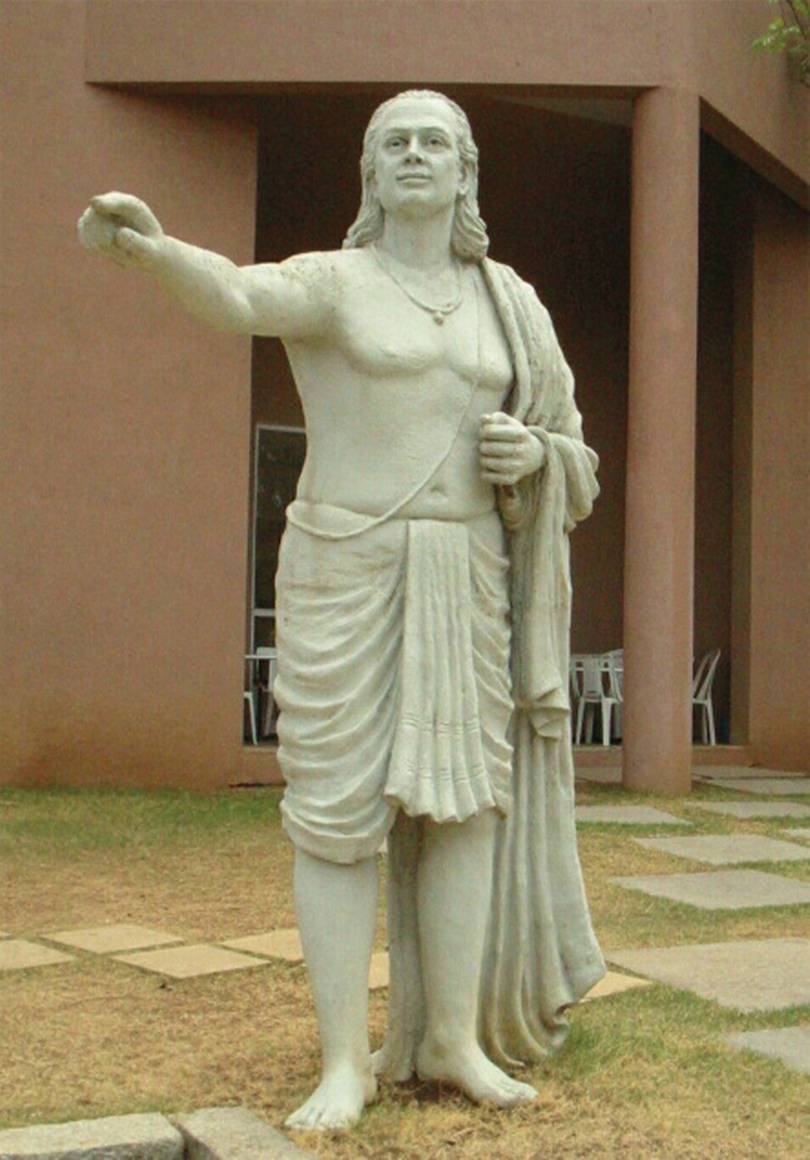
Courtesy of google
The concept of calculus started modern science. Aryabhata (476 AD) did notice a curious connection between the double differences of sines of angles and the sines themselves. Mathematically derivation and integration from the smallest piece helped modern science to analyze to micro-level, Leibniz and Newton are the founders of this branch of mathematics. Leibniz Energy E=mv2 is a good starting point for logical and mathematical understanding of the conservation of energy.
The meaning of Leibniz Energy E=mv2 had been continually looked for the concept of energy as calculated from the mass of the particle. Modern physics calculated energy from the photoelectric experiment (E=hν; plank constant times velocity), calculated from the electromagnetic spectrum of wave nature. The mathematical function of the Kinetic momenta Energy may be written as a simple multiplication of p (momentum) times the velocity; E=p v or E=mv v;
New Concept of Mass-Energy Equivalence
Henry Cavandish (10 October 1731 – 24 February 1810); discovered hydrogen has mass but no charge. Mathematical understanding of atomic mass started.
Charles-Augustin de Coulomb (June 14, 1736, August 23, 1806) gave humanity the starting point of the theory of electromagnetism, with the eponymous equation F=kq1q2/r2. It follows the inversely square law. It is very interesting to see big mass obeys ‘inversely square law’, charge also obeys the same law, the difference is big mass always attracts, but at micro-level (charge level) it attracts and repels.
In 1813, Gauss’s law mathematically expressed the relationship of the distribution of electric charge to the resulting electric field. A closed spherical surface is used in the calculation. It is one of Maxwell’s four equations, which form the basis of classical electrodynamics
Moving charged particles carry electromagnetic fields. Can electromagnetism provide the origin of mass? In 1881 J. J. Thomson (18 December 1856 – 30 August 1940) discovered the electron, and its mass is viewed as a micro object. Limitations of classical physics are understood and quantum mechanics started in full force. In 1881 he calculated the magnetic field by a moving charged sphere and showing that the field, in turn, induced a mass into the sphere itself. Experimented with CRT, he showed an electron moving in a circle and calculating with centrifugal force and magnetic charge, derived the ratio of mass and charge.
What is charge?
It is a property of microparticle, which measures the attractive and repelling force while in the magnetic or electric field. F=kq1*q2/r2
Newton’s law of motion relates to force as F=m*a.
It is very interesting to see big mass obeys the law of ‘inversely square law’, charge also obeys the same law, the difference is big mass always attracts, but at micro-level (charge level) it attracts and repels.
Electron volt and joule are both units of energy. E=qV in joule; q charge
Knowing 1 electron charge is 1.6 times 10-19 joule == 1 eV (one electronVolt) (can be described instead of joule)
Centrifugal force = 1/2mv2
Magnetic force is BeV
Equating above two will give the ratio of mass and charge.
With the oil drop experiment, the mass of the charge had derived. The experiment showed one electron charge is always 1.6 times 10-19 coulomb.
Robert Andrews Millikan (March 22, 1868 – December 19, 1953) experimented with oil drop for the measurement of the mass of elementary electric charge.
The modern theory of ‘Mass–energy equivalence’ arose from special relativity as a paradox described by Jules Henri Poincaré (29 April 1854 – 17 July 1912)
Einstein was the first to propose that the equivalence of mass and energy as a general principle and a consequence spacetime. WOW!
A stationary object has rest mass-energy. This invariant mass is constant regardless of the motion. Due to additional external force objects gain KE and consequently more mass, relativistic mass. Please stay tuned for more about Mass-energy equivalence and e=mc2.


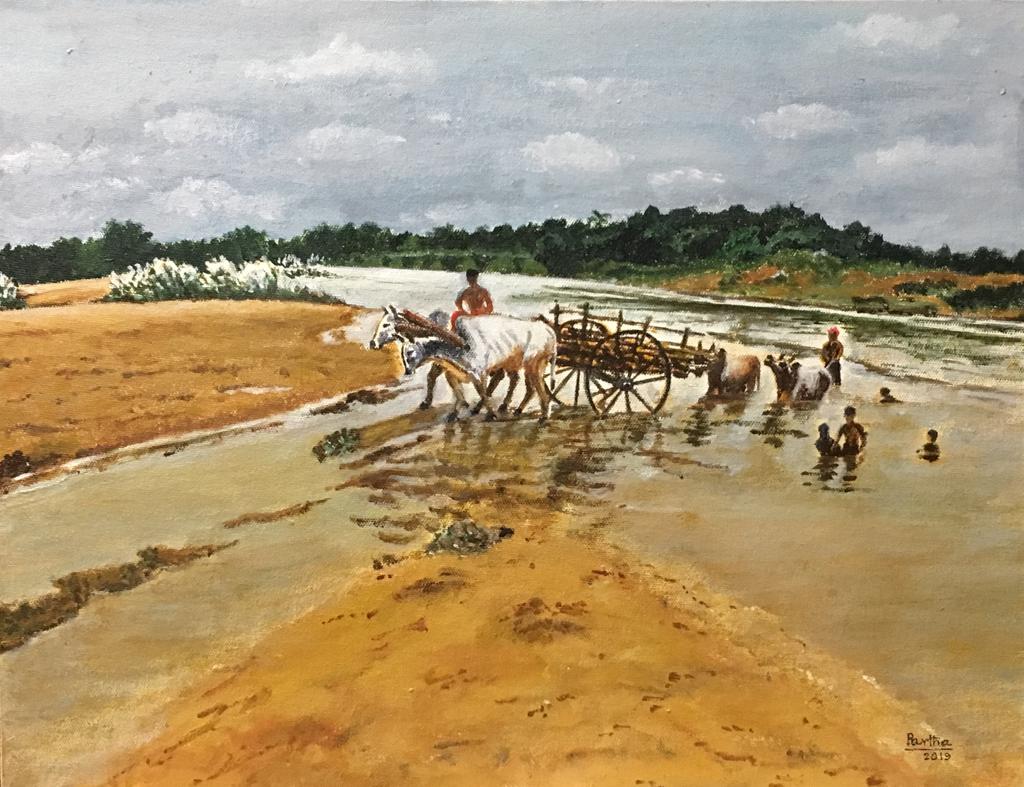

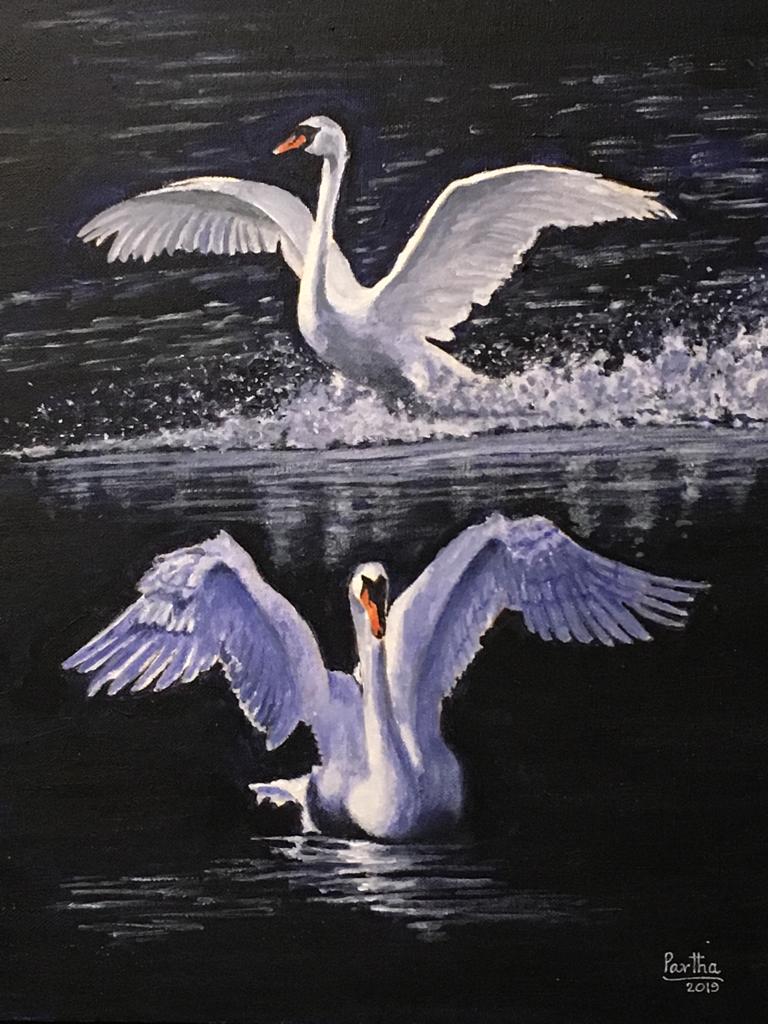







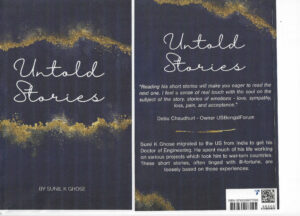

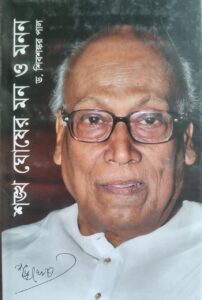

Comments »
No comments yet.
RSS feed for comments on this post. TrackBack URL
Leave a comment